Why do people snore?
Snoring is caused by a narrowing or blockage of the airway, usually due to a combination of factors such as the anatomy of the mouth and throat, obesity and alcohol consumption.
The noise occurs when the soft palate and tissue in the mouth, nose or throat vibrate. For some, it can sound like a rattling noise or a snorting sound of which the volume can vary.
Its common for people who sleep on their backs to be more likely to snore than those who sleep on their side, this is because gravity pulls the throat muscles and tissues down when sleeping on your back (1).

Snoring can have a major impact on your life, disrupting your sleep quality, energy, mood, concentration and relationships.
Additionally, snoring can increase the risk of heart attack, stroke and other serious medical conditions.
Although it is often overlooked, its important to understand exactly what causes snoring and what you can do to stop it.
What Causes Snoring?
Snoring happens when air is prevented from flowing freely through the nose and throat due to a physical obstruction, this causes tissue vibration, creating the snoring sound.
The causes of snoring can differ from person to person, depending on their anatomy and lifestyle.
If you have suddenly started snoring when you never have before, this new development of snoring can be due to loss of muscle tone which is normal as we age.
Some other factors that could affect your risk of chronic snoring include increased alcohol consumption, sedatives, antidepressants and allergic rhinitis.
Other common reasons why people snore include:
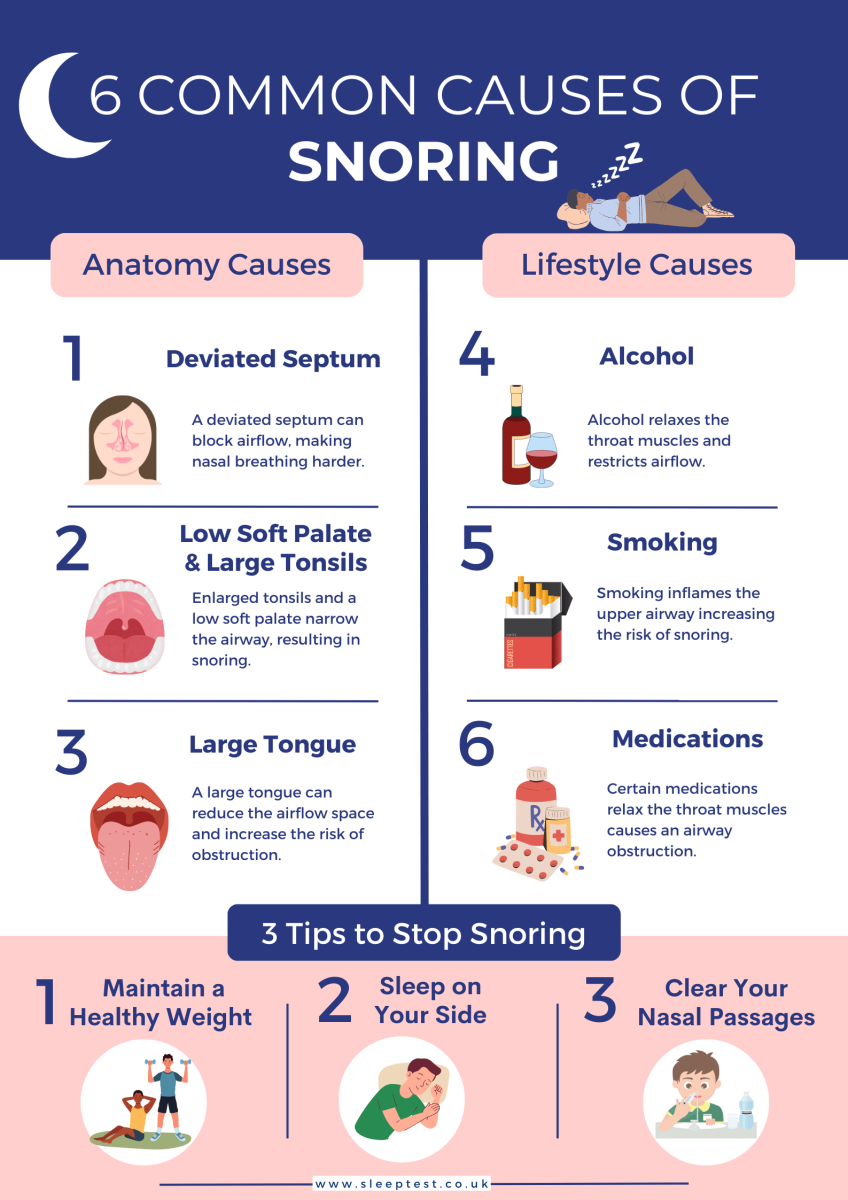
- Being overweight – Excess fat and fatty tissue can cause you to snore as it increases the pressure on the throat when lying down. Typically, a person who is obese or has a neck size above 17 inches is more likely to snore and increases the risk of Sleep Apnoea (2).
- Sinus and nasal problems – Blocked airways, a stuffy nose or continuous chronic nasal congestion can make breathing difficult at night.
- Deviated Septum – A deviated septum or nasal polyps make breathing harder during sleep and can cause snoring.
- Allergies – Allergies such as rhinitis (runny nose) or sinusitis will cause the nasal passages to become inflamed, restricting airflow and causing snoring.
- Pregnancy – The physical and hormonal changes which occur during pregnancy can increase the likelihood of snoring.
- Sleeping position – Sleeping on your back makes you more likely to snore or experience apnoeas (breathing pauses).
- Medications – Certain medications are designed to relax our muscles, increasing the risk of snoring.
- Smoking – Smoking causes inflammation in the airway which can restrict the airflow and increase the chance of snoring.
- Alcohol – Alcohol relaxes the muscles and therefore will increase the occurrence of snoring or affect the severity of snoring.
- Genetics – Snoring is not inherited, but certain genetics can contribute to the development of snoring. For example, the anatomy of your mouth, jaw, throat and/or sinuses.
What causes snoring in females?
Research has found snoring to be more common in men than women (3). However, menopause, pregnancy, hormonal imbalances and weight gain can all lead to snoring (4). Post-menopausal women have lower levels of oestrogen and progesterone; these individuals are more likely to snore (5). However, all the above causes discussed on this page can also lead to snoring in women.
Snoring in the UK
It is essential to recognise that most people snore on occasion, with approximately 30 million snorers in Britain (6). Although most people only snore occasionally, according to the British Snoring and Sleep Apnoea Association, up to 40 percent of the UK population snore regularly.
For some, this is due to seasonal blocked sinuses and others it is due to a more chronic condition. Your snoring may be nothing to worry about; however, in many cases, snoring can also be a sign of underlying health conditions.

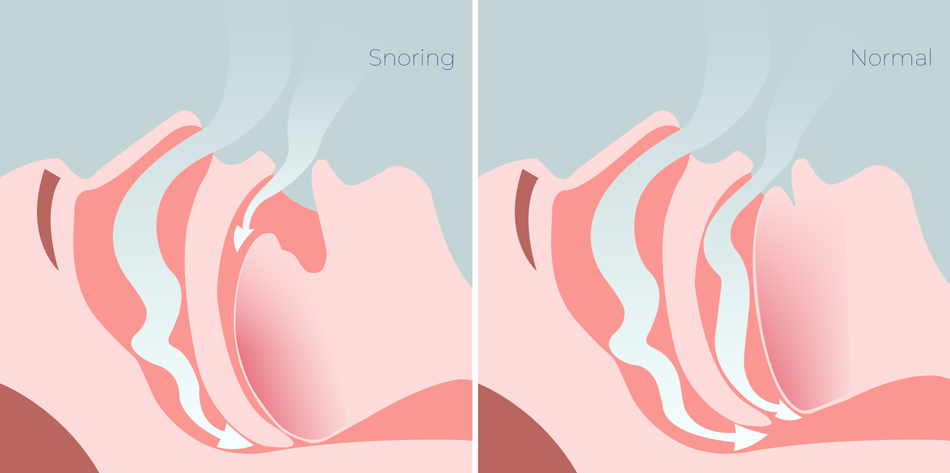
How do I know if I’m snoring?
If you sleep alone and are unsure if you snore, setting up a recording device to hear if you snore may be helpful.
Signs that you are snoring:
- Waking up with a dry mouth
- Waking up with a sore throat
- Frequently waking up during the night
- Frequent need to urinate during the night
- Restless sleep
- Waking up with a headache
How To Stop Snoring
If snoring is affecting your sleep or is having a detrimental effect on how you complete day-to-day tasks, then finding out how to stop snoring could bring many benefits to your quality of life.
Snoring is heavily linked to some of the most common lifestyle choices we make on a daily and weekly basis. If you want to find a long-term solution to snoring, we would advise not trying too many things at once. Adapt to one change for weeks or months before trying another, and you are far more likely to make long-lasting changes that you will stick to.
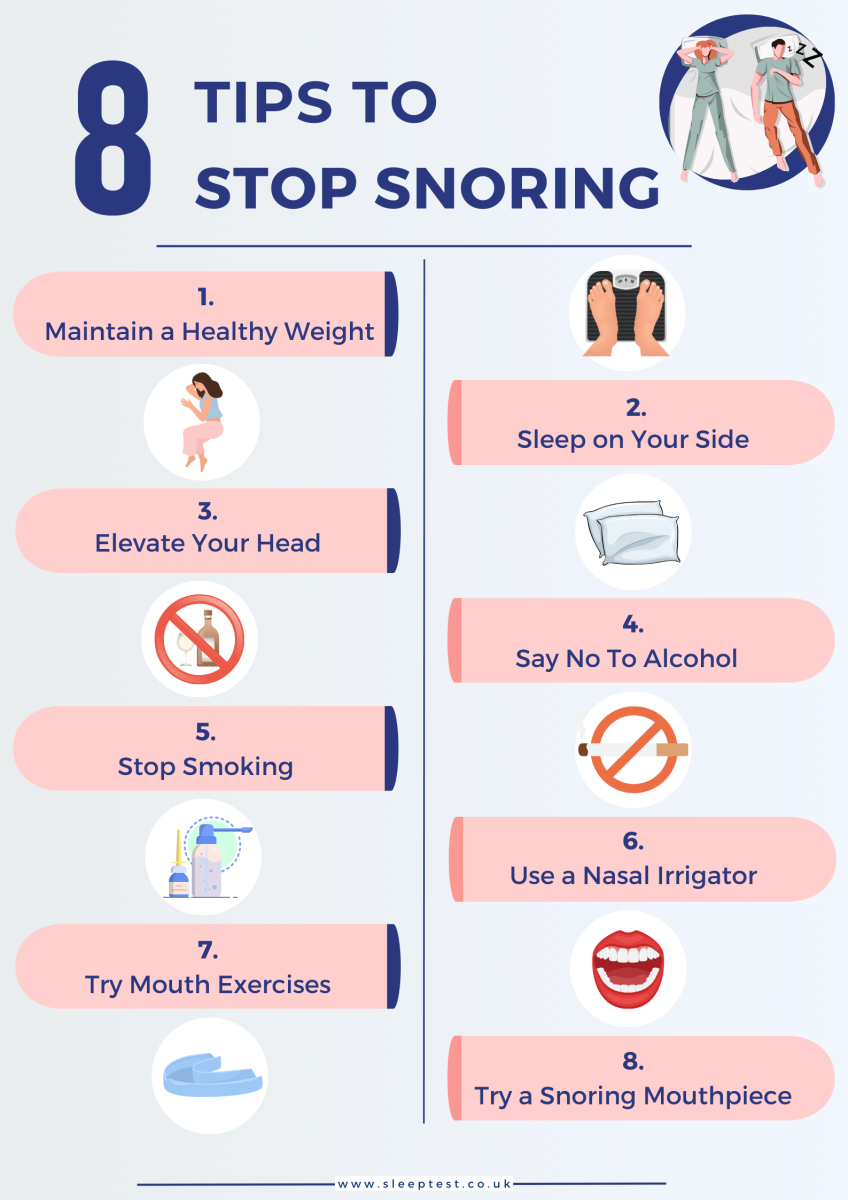
8 Snoring Solutions
- Maintain a healthy weight – People who are overweight are at a higher risk of experiencing and developing snoring and more serious conditions such as Obstructive Sleep Apnoea (OSA). This is because, with an increase in weight, there is an increase in tissue – which will further add to the pressure, and potential obstruction, on a person’s airway. It is also worth mentioning that maintaining a healthy weight will also bring about many other health benefits. Learn more in our article: Weight and Sleep Apnoea.
- Sleep on your side – Sleeping on your side relieves pressure from the back of your throat. Although it may not reduce the snoring altogether, it can often make the snoring a lot quieter and easier for a bed partner to deal with.
- Elevate your head during sleep – Raising your head with a pillow when sleeping can help to reduce snoring as it helps to open the upper airway.
- Say NO to alcohol before bed – Drinking alcohol will further cause the muscles and tissue in the back of the neck to relax, increasing the chance of snoring. Alcohol can also prevent a person from reaching the deep level of sleep required to restore and repair. Although alcohol may help you nod off – it will harm the quality of sleep you achieve. Read more about how Alcohol can affect your sleep.
5. Stop smoking – Nicotine can cause inflammation in your airways, making breathing harder at night. Nicotine encourages snoring because it obstructs your airflow. Smoking can also worsen the symptoms of Sleep Apnoea.
6. Clear your nasal passages – Particularly during winter, or if you are susceptible to colds, flu or hay fever – the congestion in your airways could contribute further to snoring. The nasal blockage forces you to breathe through your mouth, causing the soft tissue to vibrate and make the snoring sound.
Several treatments and remedies are available to help clear your passages before going to bed to reduce the risk of stuffy nose snoring. Various saline rinses, hot food and drinks, humidification and decongestants can help to open your nostrils and reduce nasal stuffiness snoring.
A popular and effective treatment is called the SinuPulse Nasal Irrigator which is clinically proven to clear out the nasal passage of mucus, bacteria and particles using a drug-free saline solution.
Allergy related conditions such as rhinitis and asthma cause inflammation which can also limit nasal airflow. Clearing away dust, removing irritants such as feather bedding, pet hair and certain perfumes can help to eliminate your allergy-related snoring.
7. Use an anti-snoring mouthpiece – A Mandibular Advancement Device is an anti-snoring mouthpiece that holds your jaw forward to prevent airway obstructions that cause snoring. You can also try a tongue-retaining device that helps to hold your tongue in place, reducing snoring.
8. Mouth exercises – Reduced muscle strength around the airway makes you more likely to snore, but there are mouth exercises that can help. Some exercises you could try are tongue slides and tongue stretching.
Anti-Snoring Devices
Find a selection of clinically-proven anti-snoring products often recommended by our sleep professionals on Intus Healthcare. Each item is simple to use and take care of to effectively treat your snoring.
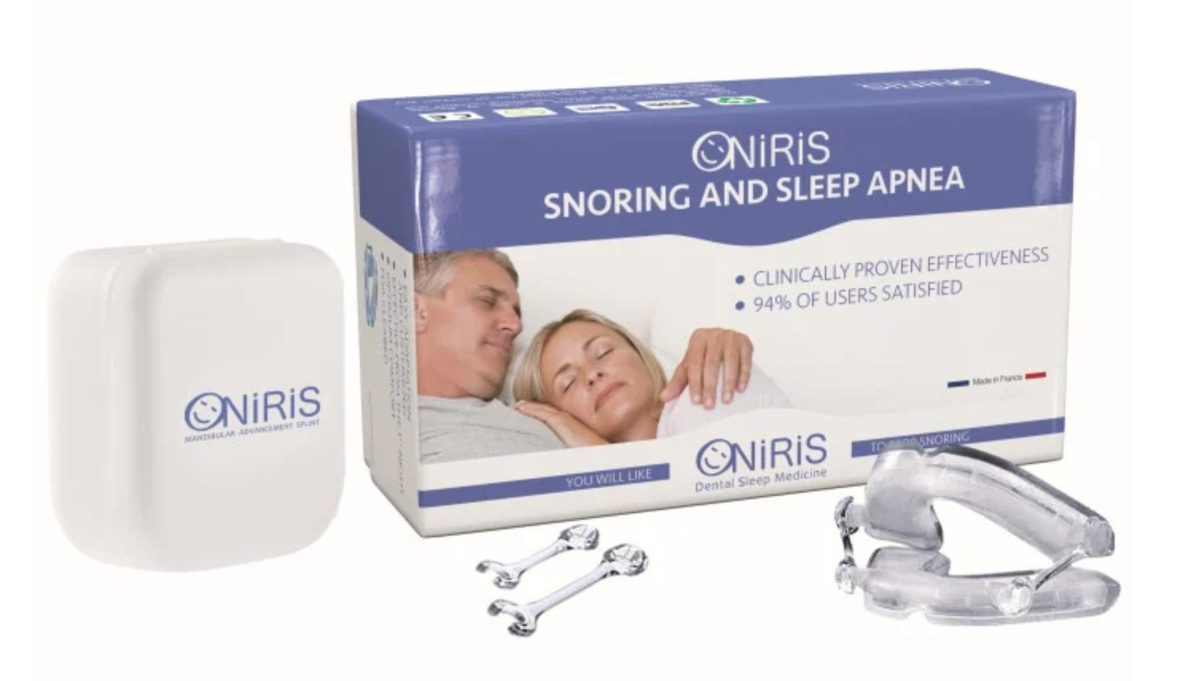
Oniris Mandibular Device
The Oniris comfortably pulls your jaw forward to create more airflow space to stop you from snoring.
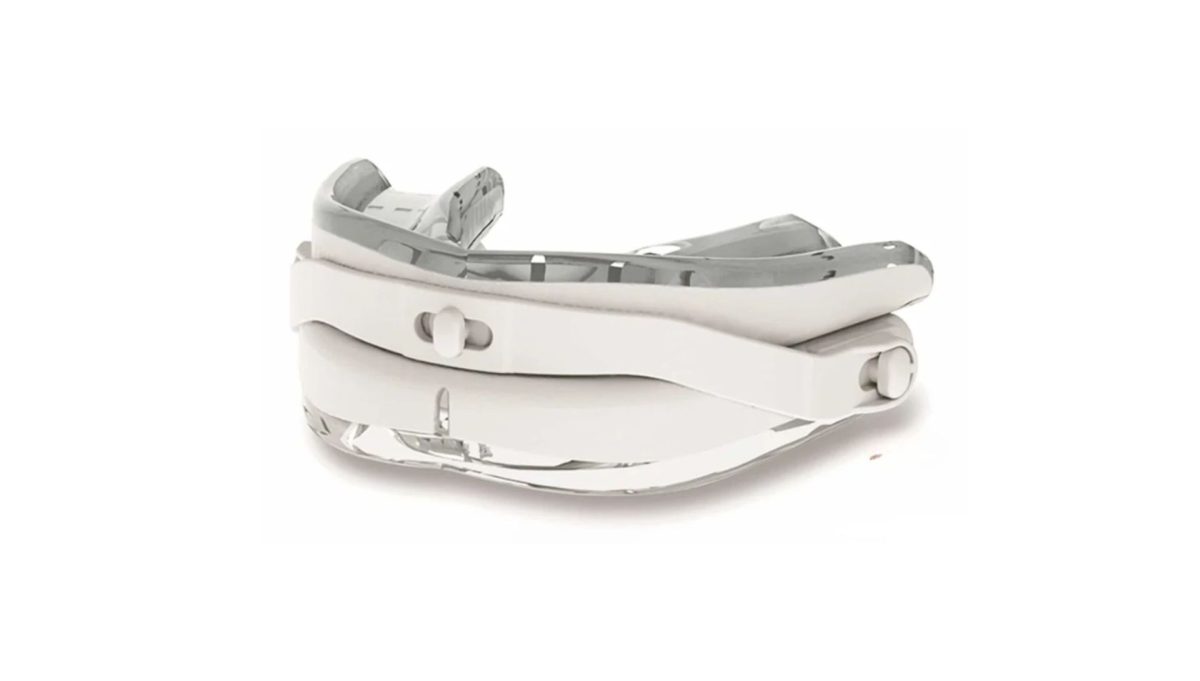
SomnoFit-S Mandibular Device
Th SomnoFit-S gently pulls your lower jaw forward, creating more space at the back of your throat for better airflow.
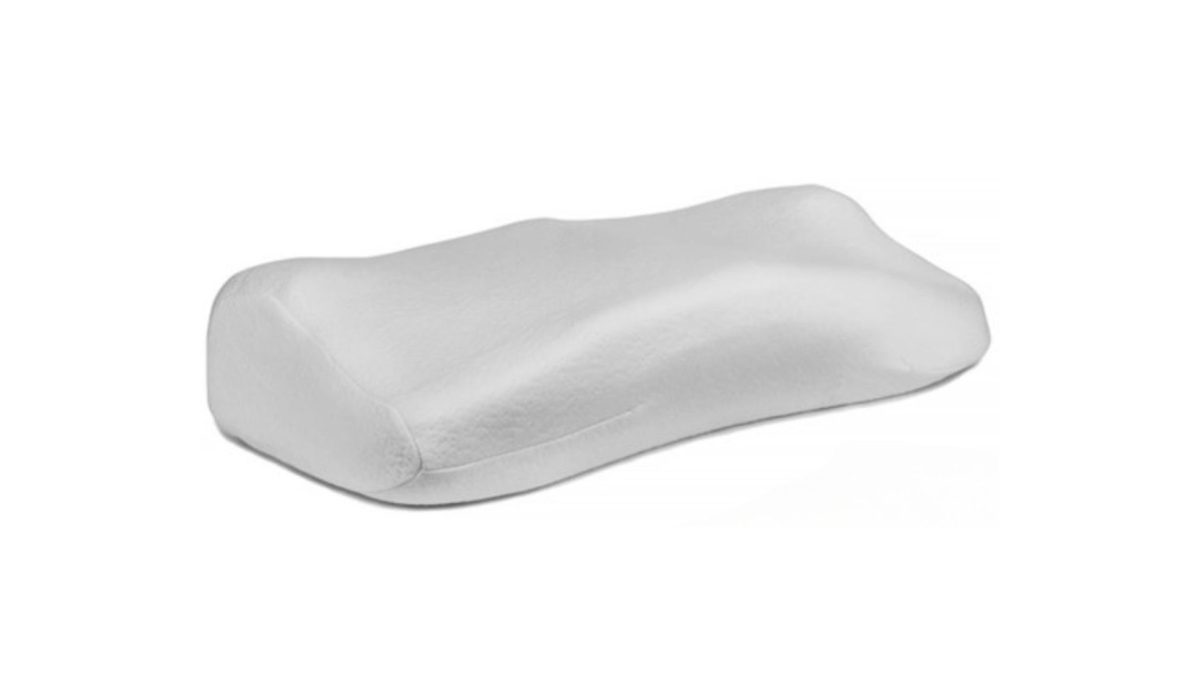
Posiform Anti-Snoring Pillow
The Posiform pillow features various curves and indents to keep you on your side to keep the airway open.

Somnibel Positional Therapy
The Somnibel is a small forehead device that vibrates when you lay on your back to encourage you to sleep on your side to increase airflow.
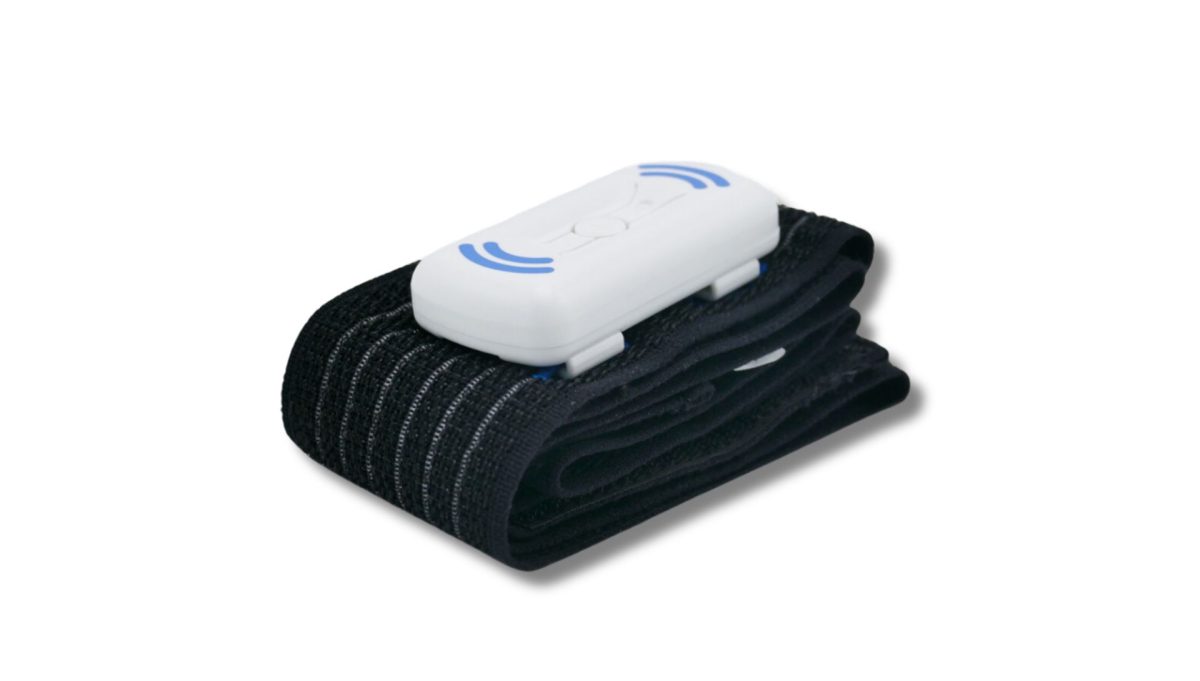
Anti-Snoring Positional Belt
The simple device helps you to sleep on your side by creating small vibrations when you turn on your back so you return to your side.
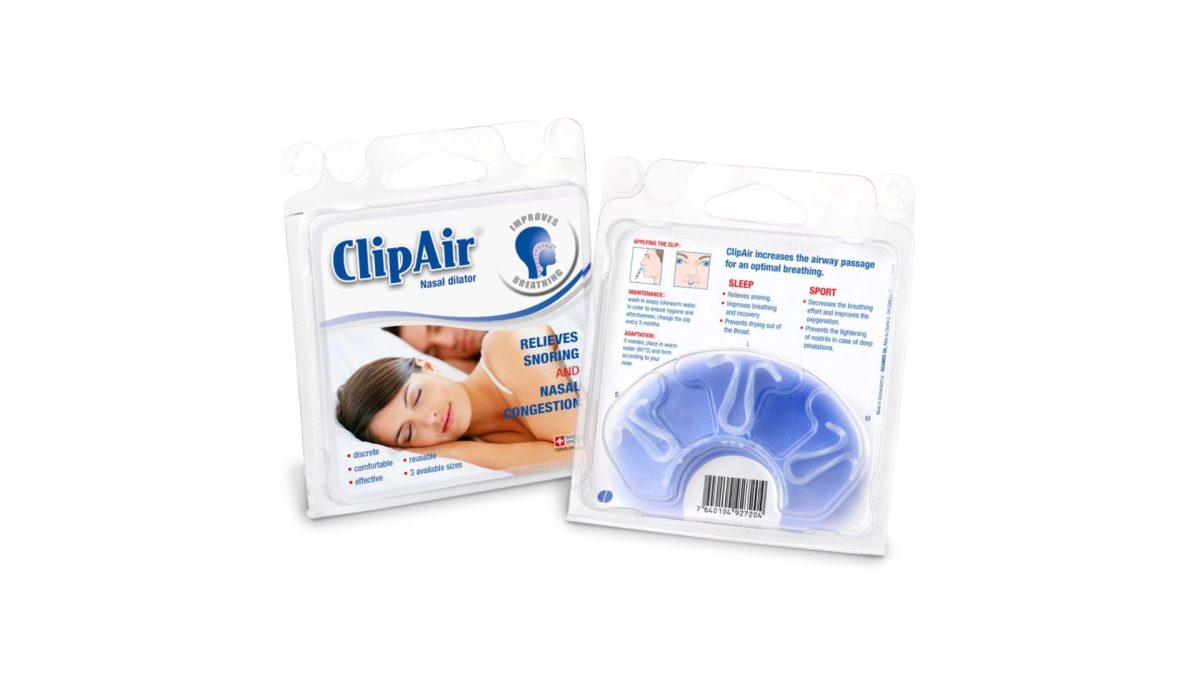
Anti-Snoring Nasal Dilator
These small nasal prongs sit in your nostrils to open your nasal passages to improve breathing during sleep to stop snoring.
Snoring FAQS
Who does snoring affect?
Snoring can be experienced by people of all ages, including children, although it’s most common in adults aged 40-60. It is also believed that roughly twice as many men than women snore due to differences in anatomy.
Will snoring go on its own?
No, snoring usually requires some lifestyle changes or treatment to resolve. If it is caused by an underlying condition snoring can get worse over time if left untreated.
The vibrations that occur during snoring can damage the blood vessels that supply muscles in the head and neck. This, over time, can cause the muscles to weaken. If your head and neck muscles are weakened, your ability to keep your airways open may get harder, meaning you may snore more frequently and loudly.
Is snoring healthy?
Many people snore, and its usually harmless. However, loud, chronic snoring accompanied by choking or snorting is a sign of an underlying sleep disorder.
Is Snoring Dangerous?
Yes, snoring can be dangerous if it due to an untreated medical condition. While snoring can often be harmless, it can also indicate an underlying medical condition, these include:
- Obstructive Sleep Apnoea (OSA)
- Hypothyroidism
- Nasal Polyps
- Deviated septum
- Cardiovascular Disease
- Upper Airway Resistance Syndrome (UARS)
- Enlarged Tonsils and Adenoids
The Link Between Snoring and Sleep Apnoea
Obstructive Sleep Apnoea (OSA) is when a person’s upper airway becomes obstructed and oxygen supply gets cut off, causing breathing to stop.
This results in snoring and waking up choking or gasping due to a lack of oxygen. These breathing disruptions can last up to 10 seconds and occur over 30 times per hour every night.
Untreated Sleep Apnoea can significantly reduce your life expectancy, with findings showing that individuals with moderate Sleep Apnoea have an increased risk of death by 17%. This is roughly doubled in those with severe OSA (7).
Sleep Apnoea Symptoms:
- Gasping or choking during sleep
- Poor concentration
- Memory loss
- Lack of interest in sex
- Loud snoring
- Morning headaches
- Anxiety or depression
- Daytime sleepiness
- High blood pressure
- Frequent urination during the night
- Teeth grinding
OSA affects 3.9 million people in the UK. Nearly 1 in 4 men and a smaller percentage of women. 85% are undiagnosed (8).
The Danger of Undiagnosed Sleep Apnoea
Excessive snoring and Sleep Apnoea are associated with potentially serious long-term health conditions, these include:
- Congestive heart failure
- Liver problems
- Atrial fibrillation (an irregular heartbeat)
- High blood pressure
- Type 2 diabetes
- Higher risk of heart attacks and strokes
- Anxiety and depression
Due to the lack of sleep daily tasks will be more difficult and will feel tired throughout the day. Your mind will not remain as “sharp” as it would otherwise be, and your ability to concentrate at work may decrease. Driving can be affected if you’re tired at the wheel, and you could also develop problems with a partner or significant other because of a lack of sleep.
If you have symptoms of OSA, the first step is to use our Free Online Sleep Apnoea Risk Test, to determine if you’re at risk.
In-Home Sleep Test
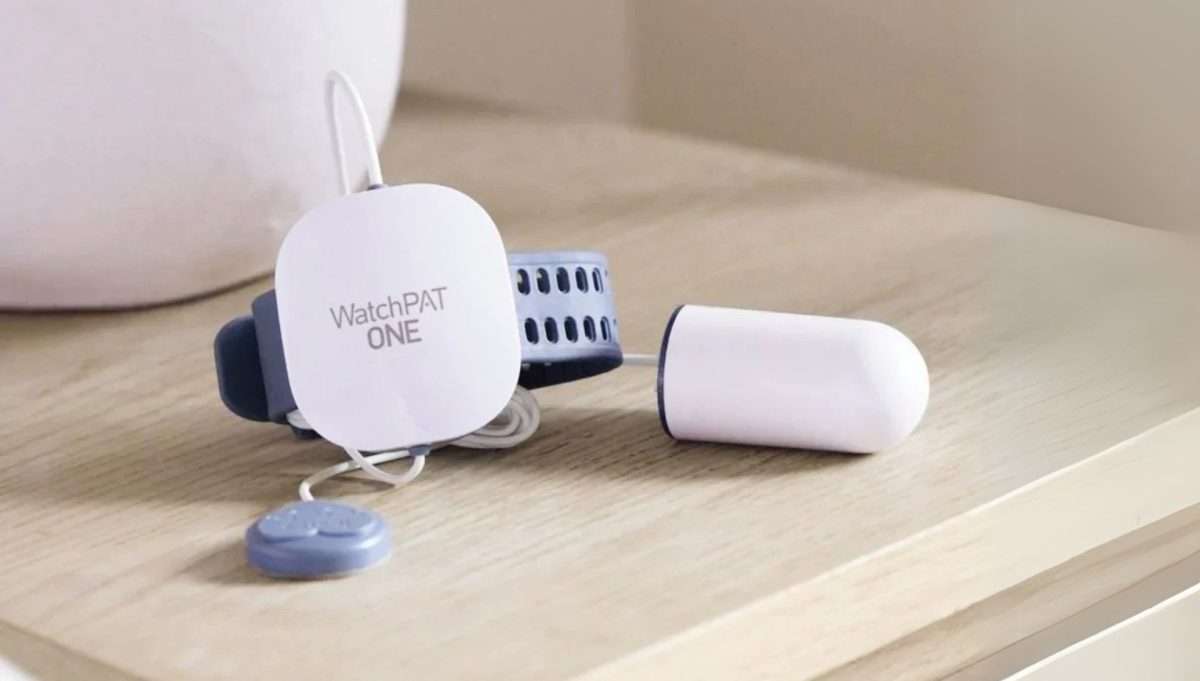
A Home Sleep Test is a simple and affordable way to determine if you have Sleep Apnoea. Our sleep test is an alternative option to the NHS sleep clinic, providing fast results so you can sleep better quickly.
One of our sleep experts will evaluate your sleep data, and you receive a report within two working days.
Sleep Apnoea Snoring Treatment
Those who have Sleep Apnoea confirmed they will require treatment to manage their snoring and other symptoms. Continuous positive airway pressure (CPAP) therapy is the gold standard treatment method for OSA, and many people experience positive results from it.
It consists of a machine, mask and tube that provides a continuous airflow to keep the airway free of obstructions. For the majority of Sleep Apnoea patients, CPAP therapy is the recommended treatment method.
Still not sure if you should take a sleep test? If you need any help or advice, do not hesitate to contact us.
About Our Editorial Team
Danni is a degree-educated content writer passionate about helping those with Sleep Apnoea sleep better; she works closely with our clinical and customer care teams to ensure that each article is thoroughly researched and accurate.
Her writing aims to inform, support, and advise readers about Sleep Apnoea, helping to raise awareness and promote effective treatment options.
She has written many health-focused articles, reaching hundreds of readers annually, to help people sleep better and live healthier lives.
Lateisha King is an experienced Sleep Clinician with advanced training in polysomnography and respiratory health.
With over six years of experience, including at the prestigious Guy’s and St Thomas’ NHS Foundation Trust Hospital, she has conducted and reviewed more than 500 diagnostic sleep studies.
Her expertise in sleep science ensures that all articles align with the latest data and treatment protocols, providing readers with trustworthy and practical advice to improve their sleep health and overall well-being.
References:
- Ravesloot MJ, van Maanen JP, Dun L, de Vries N. (2013). The undervalued potential of positional therapy in position-dependent snoring and obstructive sleep apnea-a review of the literature. Available at: https://pmc.ncbi.nlm.nih.gov/articles/PMC3575552. Accessed: 28.01.2025.
- Ho AW, Moul DE, Krishna J. (2016). Neck Circumference-Height Ratio as a Predictor of Sleep Related Breathing Disorder in Children and Adults. Available at: https://pmc.ncbi.nlm.nih.gov/articles/PMC4773632. Accessed: 28.01.2025.
- Basoglu, O.K. and Tasbakan, M.S. (2017) “Gender differences in clinical and polysomnographic features of obstructive sleep apnea: A clinical study of 2827 patients,” Sleep and Breathing, 22(1), pp. 241–249. Available at: https://doi.org/10.1007/s11325-017-1482-9. Accessed: 19.09.2022.
- Chuang, L., Lin, S., Lee, L., Li, H., Chang, C., Kao, K., Li, L., Huang, C., Yang, C. and Chen, N., 2016. The gender difference of snore distribution and increased tendency to snore in women with menopausal syndrome: a general population study. Sleep and Breathing, 21(2), pp.543-547. Available at: https://pmc.ncbi.nlm.nih.gov/articles/PMC5399062. Accessed: 11.11.2024
- Sigurðardóttir, E.S. et al. (2022) “Female sex hormones and symptoms of obstructive sleep apnea in European women of a population-based cohort,” PLOS ONE, 17(6). Available at: https://doi.org/10.1371/journal.pone.0269569. Accessed: 19.09.2022.
- Davey, M., 2018. British Snoring & Sleep Apnoea Association. [online] Britishsnoring.co.uk. Available at: https://britishsnoring.co.uk/media.php. Accessed: 19.09.2022.
- Young, T., Finn, L. and Peppard, P. (2008) “Sleep disordered breathing and mortality: Eighteen-year follow-up of the Wisconsin sleep cohort,” Sleep, 31(8). Available at: https://doi.org/10.5665/sleep/31.8.1071. Accessed: 19.09.2022.
- British Lung Foundation. (2015). Obstructive Sleep Apnoea ToolKit. Available at: https://www.asthmaandlung.org.uk/sites/default/files/OSA_Toolkit_2015_BLF_0.pdf. 28.01.2025


